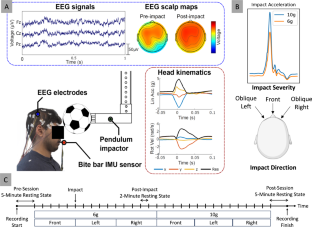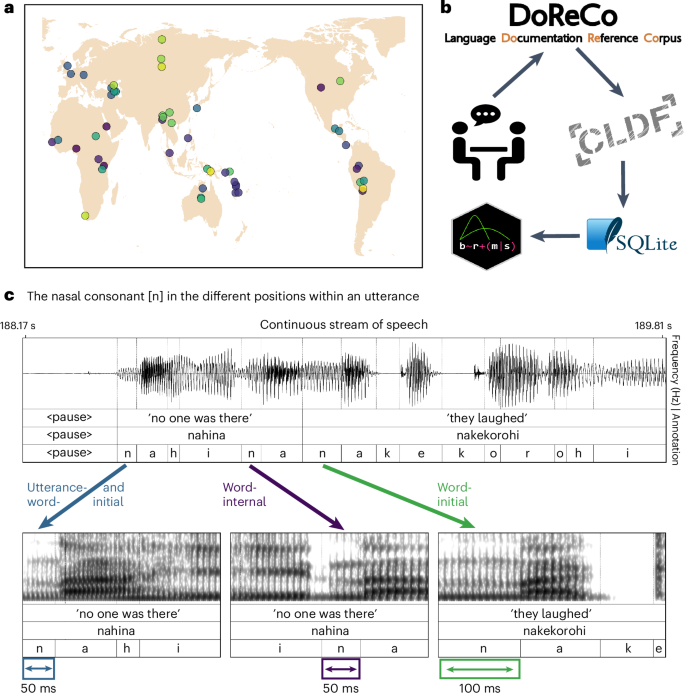2024-09-24 カナダ・ブリティッシュコロンビア大学(UBC)
<関連情報>
- https://news.ubc.ca/2024/09/soccer-headers-briefly-slow-brain-activity-study-shows/
- https://link.springer.com/article/10.1007/s10439-024-03602-0
制御されたサッカー頭部衝撃後、数秒以内に脳波に即時的かつ一時的な変動が生じる Immediate and Transient Perturbances in EEG Within Seconds Following Controlled Soccer Head Impact
Ahmad Rezaei,Timothy Wang,Cyrus Titina & Lyndia Wu
Annals of Biomedical Engineering Published:13 August 2024
DOI:https://doi.org/10.1007/s10439-024-03602-0

Abstract
Athletes in contact and collision sports can sustain frequent subconcussive head impacts. Although most impacts exhibit low kinematics around or below 10 g of head linear acceleration, there is growing concern regarding the cumulative effects of repetitive sports head impacts. Even mild impacts can lead to brain deformations as shown through neuroimaging and finite element modeling, and thus may result in mild and transient effects on the brain, prompting further investigations of the biomechanical dose—brain response relationship. Here we report findings from a novel laboratory study with continuous monitoring of brain activity through electroencephalography (EEG) during controlled soccer head impacts. Eight healthy participants performed simulated soccer headers at 2 mild levels (6 g, 4 rad/s and 10 g, 8 rad/s) and three directions (frontal, oblique left, oblique right). Participants were instrumented with an inertial measurement unit (IMU) bite bar and EEG electrodes for synchronized head kinematics and brain activity measurements throughout the experiment. After an impact, EEG exhibited statistically significant elevation of relative and absolute delta power that recovered within two seconds from the impact moment. These changes were statistically significantly higher for 10 g impacts compared with 6 g impacts in some topographical regions, and oblique impacts resulted in contralateral delta power increases. Post-session resting state measurements did not indicate any cumulative effects. Our findings suggest that even mild soccer head impacts could lead to immediate, transient neurophysiological changes. This study paves the way for further dose-response studies to investigate the cumulative effects of mild sports head impacts, with implications for long-term athlete brain health.


